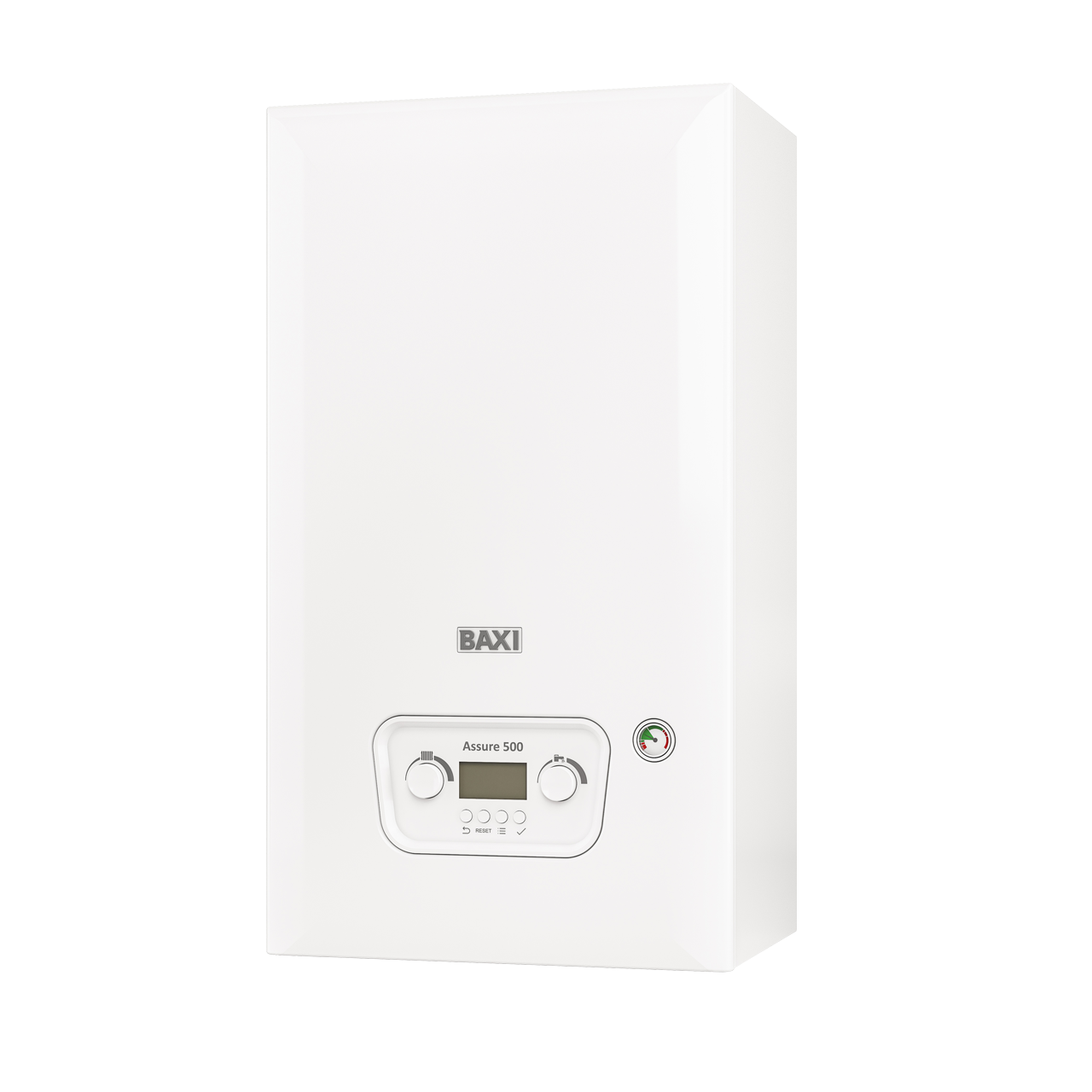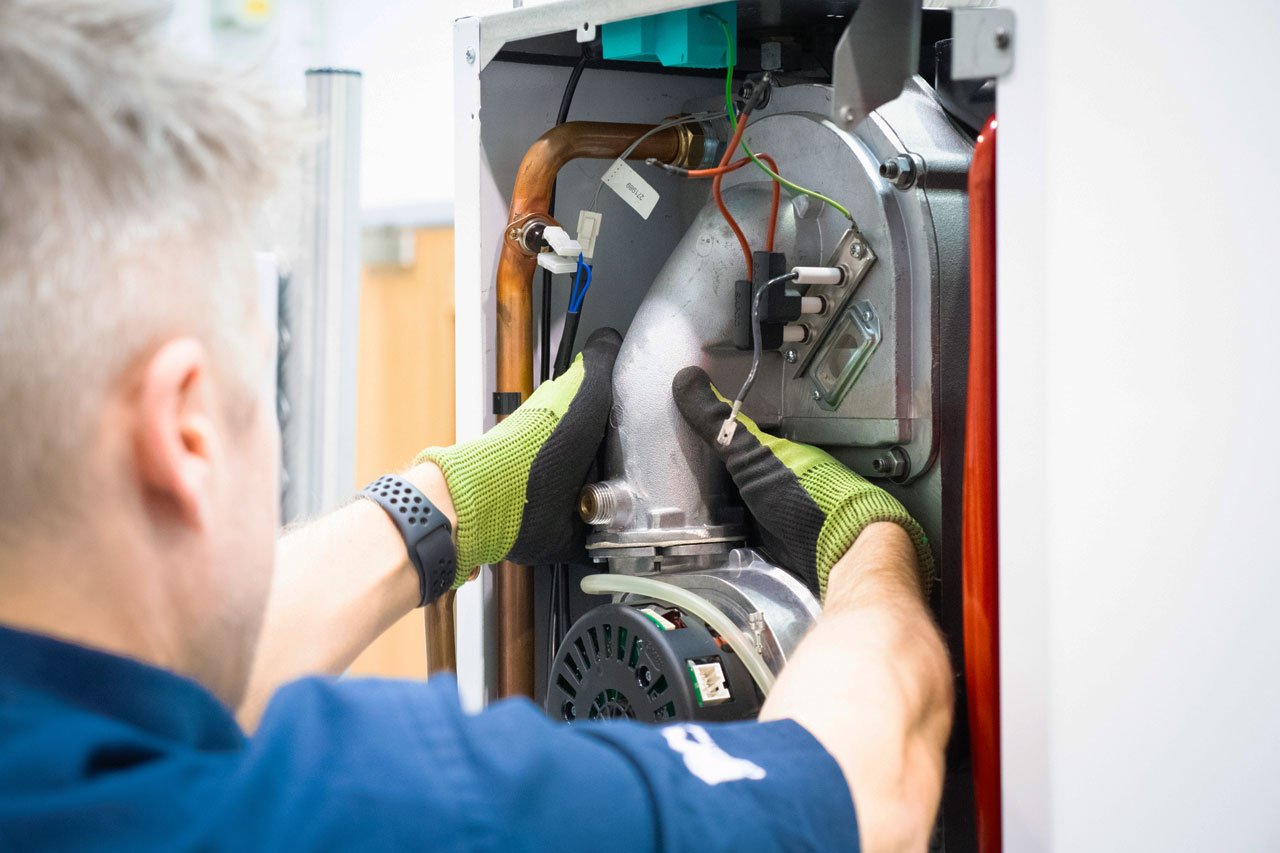How does a Heat Interface Unit (HIU) work?
A Heat Interface Unit or HIU in a residential dwelling or commercial premises acts as an interface between a heat network and an end user (homeowner, or commercial end user). Heat enters the premises through insulated pipework connected to the heat network; this pipework passes the heat into the HIU.
The HIU generally contains plate heat exchangers which transfer the heat from the network to the individual building, these plates also act as a pressure break between the network and the end user. The HIU transfer the heat into an underfloor, or radiator heating system and in some products can be used for DHW production.
Take a look at Baxi's AquaHeat HIU
For homes fed with heat from a heat network, the Baxi AquaHeat is the answer to your apartment’s heating and hot water requirements. Perfectly suited to supply heat to communal and commercial premises in your development.




